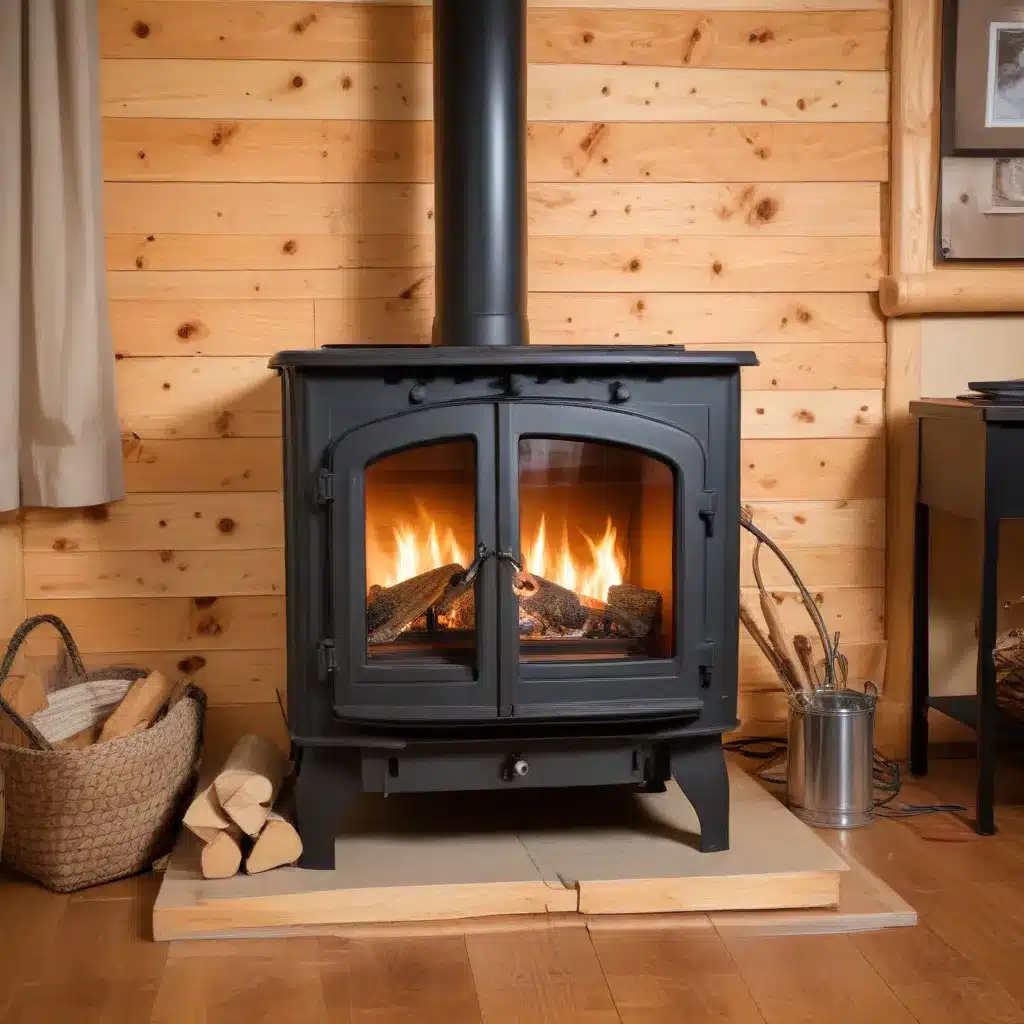
Unleash the Full Potential of Your Wood Stove: Insider Secrets for Optimal Airflow and Heating Efficiency
As a seasoned expert in wood stoves and heating solutions, I’m thrilled to share with you a wealth of practical tips and in-depth insights to help you maximize the efficiency of your wood stove. Whether you’re a seasoned wood stove enthusiast or new to the world of sustainable heating, this comprehensive guide will empower you to unlock the full potential of your heating system.
Understanding the Importance of Airflow
At the heart of an efficient and reliable wood stove lies the critical role of airflow. Proper airflow management is the key to achieving unparalleled heating performance, minimizing smoke, and ensuring a clean, complete combustion process. By mastering the art of airflow optimization, you can not only enhance the warmth and comfort of your living space but also contribute to a more eco-friendly heating solution.
The Science of Airflow: Balancing Primary and Secondary Air
The success of your wood stove’s operation hinges on the delicate balance between primary and secondary air. Primary air, introduced through the stove’s intake, feeds the initial combustion of the wood, while secondary air enhances the burn by providing oxygen to the volatile gases released during the heating process.
Tip: Carefully adjusting the primary and secondary air controls on your wood stove can have a dramatic impact on the efficiency and cleanliness of the burn. Experiment with different settings to find the sweet spot that delivers the most heat with the least amount of smoke and emissions.
Maximizing Airflow: DIY Modifications and Upgrades
While wood stoves are designed to be efficient, there are several DIY modifications and upgrades you can implement to further optimize airflow and heating performance. These practical hacks can help you get the most out of your wood stove investment.
Enhancing Combustion Air Intake
One of the most impactful upgrades you can make is to improve the combustion air intake system. This involves ensuring that your wood stove has a dedicated, unobstructed air supply from outside the home. By incorporating a direct air intake, you can significantly enhance the efficiency of the combustion process and reduce the risk of smoke infiltration into your living space.
Pro Tip: Consider installing a direct-vent system that connects your wood stove’s air intake directly to the outside. This ensures a steady, reliable supply of fresh air for optimal combustion, even in airtight, energy-efficient homes.
Optimizing the Flue and Chimney
The efficiency of your wood stove’s flue and chimney system plays a crucial role in maintaining proper airflow. Ensure that your chimney is properly sized, free of obstructions, and configured to provide the necessary draft for efficient combustion.
Tip: Regularly inspect and clean your chimney to remove any buildup of creosote, a byproduct of incomplete combustion. This buildup can restrict airflow and increase the risk of chimney fires.
Upgrading to a High-Efficiency Blower System
Consider upgrading your wood stove with a high-efficiency blower system. These specialized fans are designed to circulate the heated air throughout your living space, ensuring that the warmth generated by your wood stove is distributed evenly and effectively.
Pro Tip: Look for blower systems with variable speed controls, allowing you to fine-tune the airflow and tailor the heat output to your specific needs.
Maintaining Peak Efficiency: Routine Checks and Adjustments
Consistent maintenance and periodic adjustments are essential for keeping your wood stove operating at peak efficiency. By following a few simple routines, you can ensure that your heating system continues to provide reliable, cost-effective, and eco-friendly warmth for years to come.
Inspecting and Cleaning the Wood Stove
Regularly inspect your wood stove for any signs of wear or damage, such as cracks, warping, or deterioration of the seals. Address these issues promptly to maintain optimal airflow and prevent any potential safety hazards.
Tip: Clean the interior of your wood stove, including the firebox and heat exchangers, to remove ash buildup and ensure unobstructed airflow.
Monitoring and Adjusting the Air Controls
Familiarize yourself with the air control settings on your wood stove and monitor them closely. Adjust the primary and secondary air controls as needed to maintain the perfect balance for your specific heating needs and fuel type.
Pro Tip: Keep a log of your air control settings and the corresponding heating performance to fine-tune your wood stove’s operation over time.
Optimizing Fuel Selection and Preparation
The type and quality of the wood you burn can have a significant impact on the efficiency and cleanliness of your wood stove’s operation. Opt for well-seasoned, low-moisture content wood that burns cleanly and evenly.
Tip: Consider investing in a moisture meter to ensure your firewood is properly dried before use, maximizing its heating potential and minimizing creosote buildup.
Embracing the Future of Sustainable Heating
As you embark on your journey to maximize the airflow efficiency of your wood stove, remember that you’re not just improving your home’s heating capabilities – you’re also contributing to a more sustainable future. Wood stoves, when operated efficiently, offer a renewable, carbon-neutral heating solution that can significantly reduce your environmental footprint.
By implementing the advanced DIY hacks and maintenance practices outlined in this guide, you’ll not only enjoy unparalleled heating comfort but also take a meaningful step towards a greener, more energy-efficient lifestyle. Embrace the power of your wood stove and become a true master of sustainable heating.
For more information on wood stoves, fireplace maintenance, and energy-efficient heating solutions, be sure to visit https://woodstoveheaters.com/. Our team of experts is dedicated to providing you with the knowledge and resources you need to maximize the performance and longevity of your wood stove.


